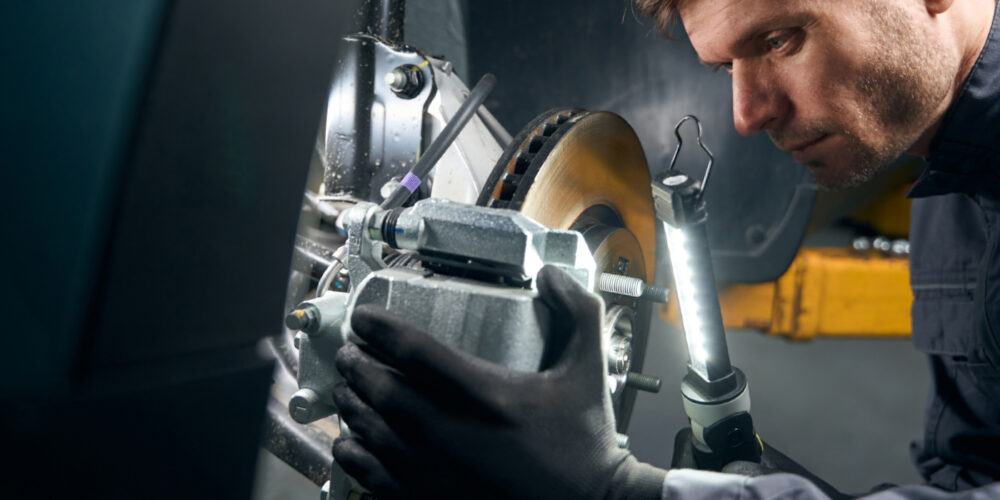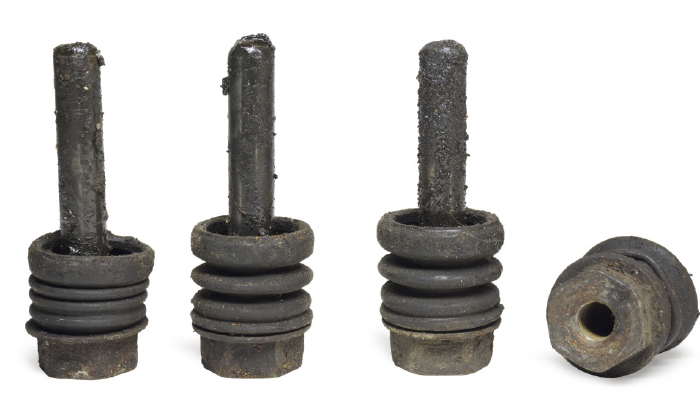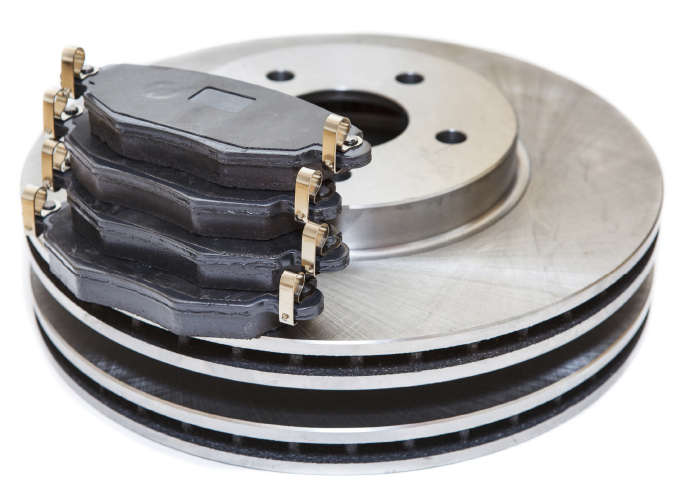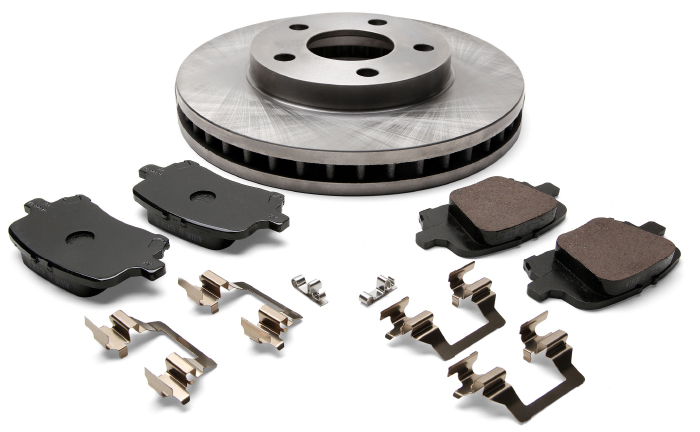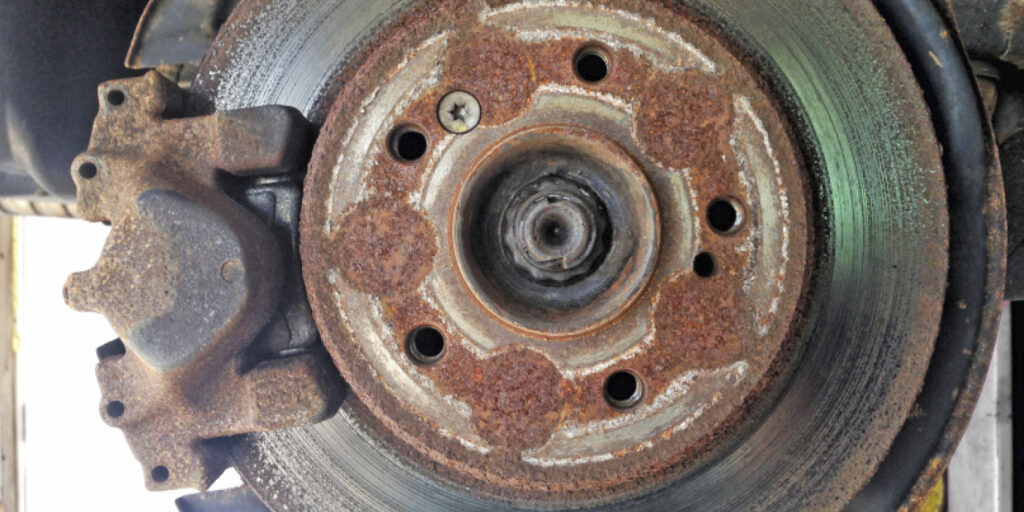Drivers and technicians rarely make the connection between fuel economy and brakes. Moving the pads back from the rotor by only 1mm can increase fuel economy by as much as three to five percent. For engineers, it is a huge gain that does not involve exotic materials or adding expensive components.
Anti-Drag Systems
Reducing brake drag on late-model vehicles is not accomplished by a single component; it takes a system. At the master cylinder on some vehicles, there might be a quick-take-up valve in the replenish port to hydraulically pull the caliper piston back from the rotor. At the caliper, OEMs are using seals with a special profile designed to retract the piston. Some vehicles are even using the valves in the ABS module to electronically retract the pistons. On the caliper bracket, engineers are designing hardware that can push the pad away from the rotor.
None of the drag-reducing technologies will work if the caliper is not moving freely. This is why replacing the brake hardware every time the pads are serviced is critical.
Hardware Wears Out
Like all springs, brake hardware can fatigue over time due to movement and lose spring tension. Another factor is heat. Every time the driver applies the brakes, the clip goes through a heat cycle. These cycles can add up over the life of the hardware and cause fatigue and the loss of spring tension.
The other type of wear is physical. As the pads move in the bracket, metal and surface coatings on the abutment clips can wear away. No matter how much anti-seize or brake lubricant is applied, the hardware will not be returned to new condition.
Anti-Drag Hardware
For more than two decades, automakers have been introducing new brake hardware components to help push the pads back into the caliper bracket. Most technicians may call them anti-rattle clips, but it is also a way to improve the fuel economy of the vehicle.
One of the best examples of anti-drag hardware can be found on some late-model GM vehicles. This abutment clip has a metal finger that pushes the pad away from the rotor. On the other side of the clip is a small tab that secures the pad in the bracket so it will not rattle.
Dodge uses a similar design on its full-sized trucks that has clips on to the ears of the pad. These clips can be difficult to install, but they can save the driver gas and your shop a noise comeback.
Anti-drag hardware can also reduce disc thickness variation (DTV) that can cause pulsation complaints. Most vehicles have a lateral runout specification of less than 0.002”. This wobble motion can cause the pads to come in contact with the rotor. The high spot of the rotor’s runout might hit the brake pads. This removes a very small amount of material from the rotor at the high spot of the runout, which can cause DTV. If enough material is removed over thousands of miles, it will cause brake pedal pulsation.
Aftermarket Improvements
Manufacturers of brake pads and hardware are making hardware that is better than what was installed by the OEM. Some hardware kits are using coatings on the abutment clips that keep the pad moving over the life of the brake job. They are also using rubberized coatings to insulate the pads to prevent brake noise.
There are also add-on clips that clip onto the pads to reduce drag. The clips apply pressure on each of the brake pads to keep them from contacting the rotor when not in use. The pressure is light enough that it does not affect the braking system when the brakes are applied.

